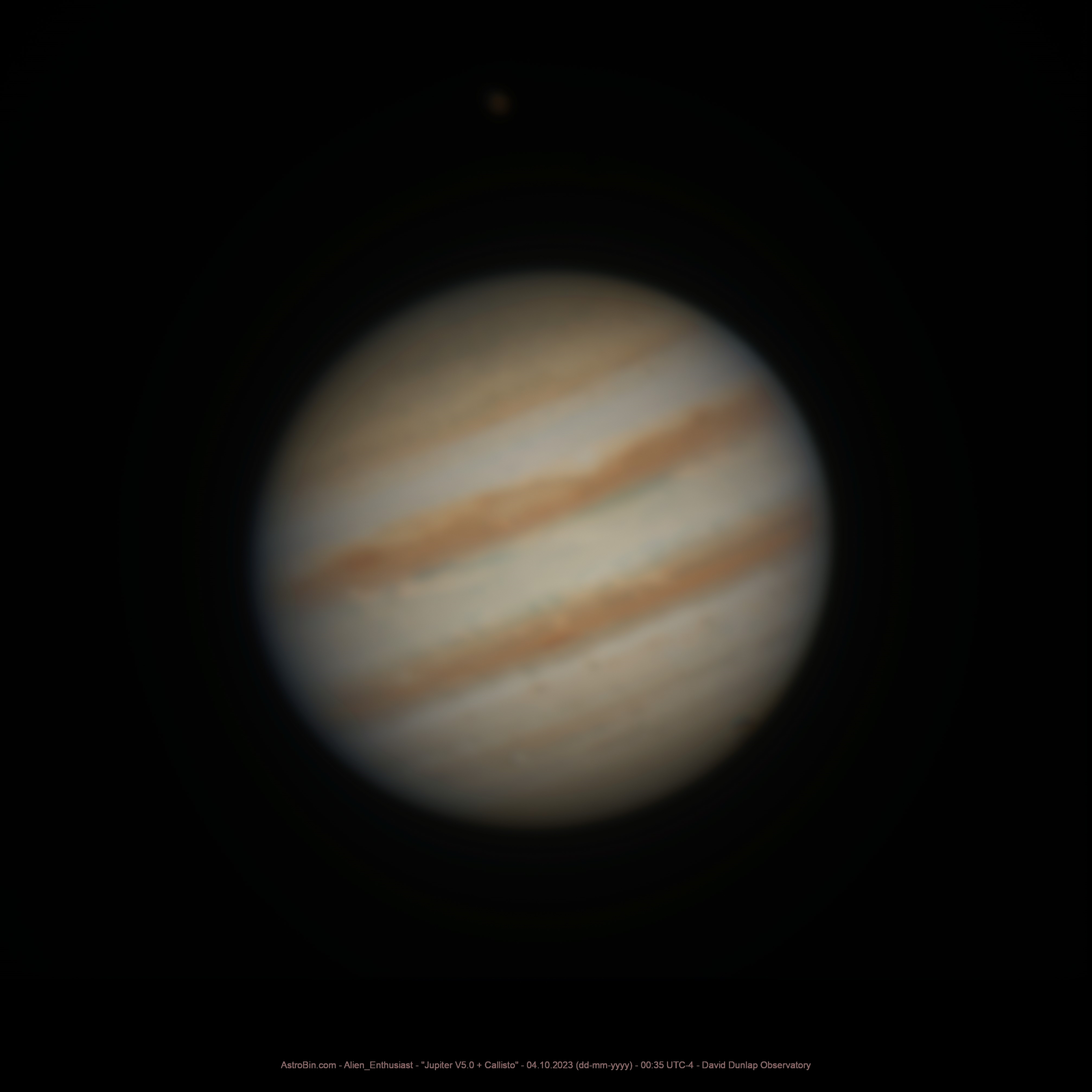I few days ago I got to try a pretty good astrocamera, ToupTek ATR3 CMOS 26000 KPA to be exact. This was my first time using it, and my first target was Jupiter. However, it seems that the image clarity is slightly off. This could be due to a number of reasons, from poor exposure and gain to post processing. Also keep in minв that the telescope I was using didnt get any cleaning in multiple years, so that might be one of the reasons.
I stacked 100 RAW images to get this one.
What do you think?

I stacked 100 RAW images to get this one.
What do you think?
